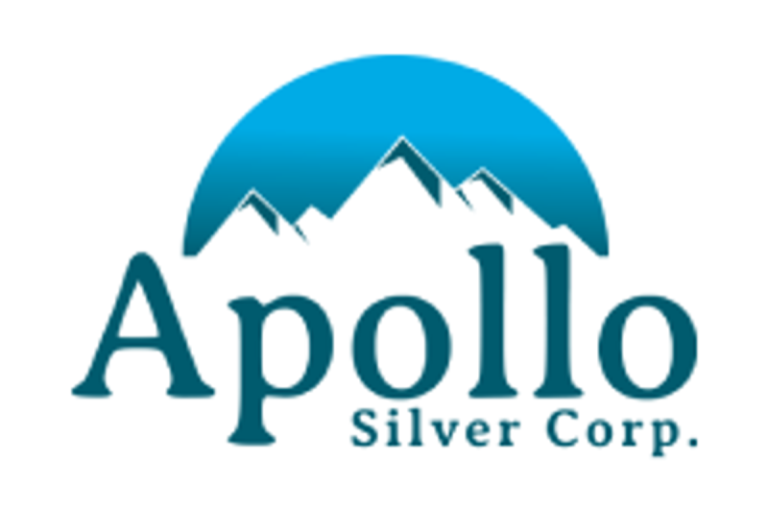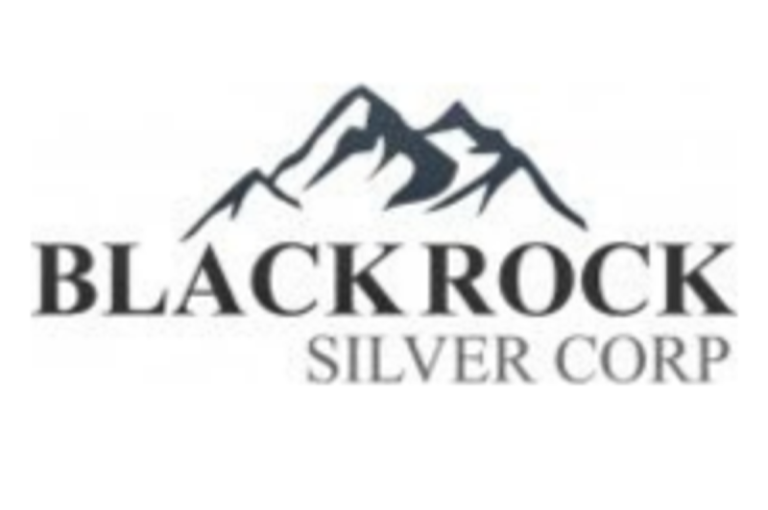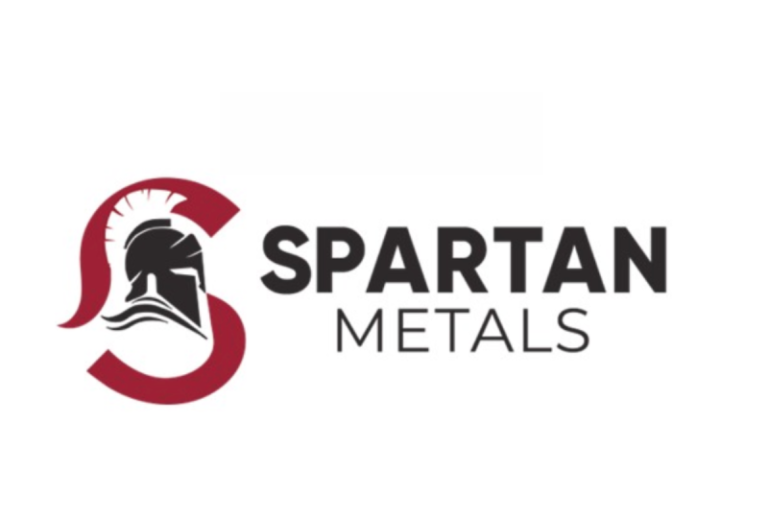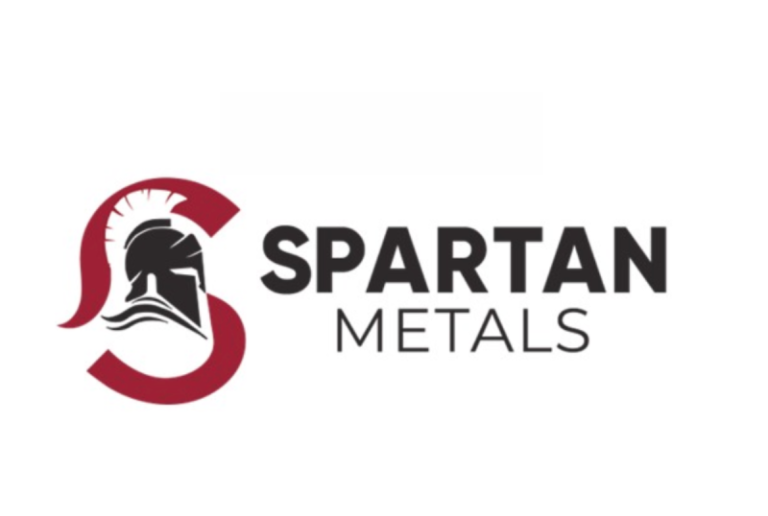Silver’s performance in 2025 is drawing attention to silver-mining companies as investors look to gain exposure to the metal’s success.
During Q3 2025, the silver price closed in on all-time highs, reaching a quarterly high of US$46.92 per ounce on September 29. Since that time, silver has soared even higher, breaking the US$50 mark and setting a new all-time high silver price of US$52.64 on October 13.
The price has seen firm support from fundamentals, as silver continues to experience structural supply deficits, while industrial silver demand remains near record levels. Investment demand is also rising as investors return to the market, seeking a more affordable safe-haven alternative to gold.
How has silver’s price movement benefited Canadian silver stocks on the TSX, TSXV and CSE? The five companies listed below have seen the best performances since the start of the year.
Data was gathered using TradingView’s stock screener on October 13, 2025, and all companies listed had market caps over C$10 million at that time.
1. Santacruz Silver (TSXV:SCZ)
Year-to-date gain: 765.45 percent
Market cap: C$866.79 million
Share price: C$2.38
Santacruz Silver is an Americas-focused silver producer with operations in Bolivia and Mexico. Its producing assets include a 45 percent stake in the Bolivar and Porco mines, which it shares with the Bolivian government, and a 100 percent ownership of the Caballo Blanco Group mines in Bolivia, along with the Zimapan mine in Mexico.
In its Q2 2025 results, Santacruz reported silver production of 1.42 million ounces from the mines, as well as silver equivalent production of 3.55 million ounces, which includes its zinc, lead and copper production.
In addition to its producing assets, Santacruz also owns the greenfield Soracaya project, an 8,325 hectare land package located in Potosi, Bolivia. According to an August 2024 technical report, the site hosts an inferred resource of 34.5 million ounces of silver derived from 4.14 million metric tons of ore with an average grade of 260 g/t.
In October 2021, Santacruz acquired Glencore’s (LSE:GLEN,OTC Pink:GLCNF) 45 percent stake in the Bolivar and Porco mines and a 100 percent interest in the Soracaya project. Under the terms of the deal, Santacruz made an initial payment of US$20 million and was obligated to make an additional US$90 million over a four-year period from the closing of the transaction. Glencore also retained a 1.5 percent net smelter return.
The pair amended the deal in October 2024, giving Santacruz the option to either pay off the US$80 million base purchase price through annual US$10 million installments or to accelerate the repayment by paying US$40 million by November 2025. The deal also includes additional terms such as monthly payments to Glencore contingent on zinc pricing benchmarks.
Santacruz chose the accelerated option through a structured payment plan, allowing it to satisfy the base purchase price of the properties while saving US$40 million compared to the annual installment option. On September 4, the company announced that it had made its fourth and fifth payments, completing all payments to Glencore.
The most recent news for the Soracaya project was announced on October 7, when Santacruz stated that it was initiating development activities and would be applying for a full production permit.
Shares in Santacruz reached a year-to-date high of C$2.79 on September 29.
2. Andean Precious Metals (TSX:APM)
Year-to-date gain: 563.48 percent
Market cap: C$1.14 billion
Share price: C$7.63
Andean Precious Metals is a precious metals company with a pair of operating assets in the Americas.
Its primary silver-producing operation is the San Bartolomé facility in the Potosi Department of Bolivia. The onsite processing facility has an annual ore capacity of 1.8 million metric tons. The company has transitioned from conventional mining and is processing feed from both its low-cost fines deposit facility and third-party ore purchases.
Its other producing asset is the Golden Queen mine in Kern County, California, US. It hosts a 12,000 metric tons per day cyanide heap leach and a Merrill-Crowe processing facility. A mineral reserve statement showed a measured and indicated silver resource of 11.24 million ounces from 41.81 million metric tons at an average grade of 8.37 g/t silver. The company acquired Golden Queen from Auvergne Umbrella in November 2023 for total consideration of US$15 million.
On June 2, Andean announced it entered into an exclusive, long-term agreement with the Bolivian state-owned mining company Corporacion Minera de Bolivia to acquire up to 7 million metric tons of oxide ore from mining concessions in Bolivia.
The ore is located within a 250 kilometer radius of the processing facility at its San Bartolomé operation, where it will process the ore. Under the terms of the 10 year agreement, Andean will immediately receive an initial 250,000 metric tons of ore, with the remaining to be delivered in tranches of 50,000 metric tons.
On July 17, Andean released its Q2 operating results. During the first half of the year, it produced 2.04 million ounces of silver across its operations, toward the upper end of its guidance of 1.84 million to 2.16 million ounces. It also noted that it anticipates further ramp-up at both its mines in the second half of the year.
In its Q2 financial results released on August 12, the company reported an increase in net income for the first half of the year to US$32.02 million, compared to US$9.31 million during the first half of 2024.
Shares in Andean Precious Metals reached a year-to-date high of C$8.83 on October 1.
3. Avino Silver & Gold Mines (TSX:ASM)
Year-to-date gain: 455.12 percent
Market cap: C$1.06 billion
Share price: C$7.05
Avino Silver & Gold Mines is a precious metals miner with two primary silver assets: the producing Avino silver mine and the neighboring La Preciosa project in Durango, Mexico.
The Avino mine is capable of processing 2,500 metric tons of ore per day, and according to its FY24 report released on January 21 the mine produced 1.1 million ounces of silver, 7,477 ounces of gold and 6.2 million pounds of copper last year. Overall, the company saw broad production increases with silver rising 19 percent, gold rising 2 percent and copper increasing 17 percent year over year.
In addition to its Avino mining operation, Avino is working to advance its La Preciosa project toward the production stage. The site covers 1,134 hectares, and according to a February 2023 resource estimate, hosts a measured and indicated resource of 98.59 million ounces of silver and 189,190 ounces of gold.
In a January 15 update, Avino announced it had received all necessary permits for mining at La Preciosa and begun underground development at La Preciosa. It is now developing a 350 meter mine access and haulage decline. The company said the first phase at the site is expected to cost less than C$5 million, which will be funded from cash reserves.
In Avino’s Q2 financial report released on August 13, the company noted that work was progressing at the site according to plan, with blasting and construction of the San Fernando main access decline underway. It added that a new jumbo drill was working on the ramp towards intercepting the Gloria and Abundancia veins.
On the production and finance side, the company reported improved cost-per-ounce metrics, with cash costs per silver equivalent payable ounce decreasing 7 percent to US$15.11 and all-in-sustaining costs decreasing 8 percent to US$20.93. It also reported a 50 percent year-over-year increase in revenue during the quarter to US$40.64 million, from US$27.18 million during the same period in 2024.
Avino indicated silver production of 549,300 ounces in the first half of 2025, an increase of 1 percent over H1 2024, and 283,619 silver ounces in Q2 alone, a decrease of 3 percent over Q2 2024.
Avino shares reached a year-to-date high of C$7.60 on October 3.
4. Capitan Silver (TSXV:CAPT)
Year-to-date gain: 404.76 percent
Market cap: C$181.29 million
Share price: C$1.59
Capitan Silver is an explorer focused on advancing silver and gold projects in Durango, Mexico. The company’s flagship asset is the 100 percent owned Cruz de Plata project in the heart of Mexico’s historic Peñoles Mining District. The region is known for hosting significant silver mineralization and historic mining.
The Cruz de Plata project encompasses two historic silver mines — Jesús Maria and San Rafael — and the El Capitan oxide gold deposit.
According to a 2020 technical report, the Jesús Maria deposit hosts an inferred resource of 15.16 million ounces of contained silver and 26,000 ounces of gold from 7.57 million metric tons of ore with average grades of 62.3 g/t silver and 0.12 g/t gold.
El Capitan hosts an inferred resource of 1.83 million ounces of silver and 305,000 ounces of gold from 20.72 million metric tons of ore grading 2.8 g/t and 0.46 g/t respectively.
Capitan Silver has made a series of strategic acquisitions during the second and third quarters.
On June 11, the company completed the purchase of a 2 percent net smelter royalty in place at Cruz de Plata from Exploraciones del Altiplano and eliminated the royalty. Total costs incurred by Capitan were US$1 million.
Then, on August 22, the company executed a definitive agreement to acquire a strategic land package surrounding its Cruz de Plata property from Fresnillo (LSE:FRES,OTC Pink:FNLPF) for total cash consideration of US$4 million. The transaction was initially announced in June.
The new parcel consists of seven mineral concessions covering 2,171.4 hectares. It increases Capitan’s total holdings in the area by 85 percent and the surface expression of the silver-gold trend by 1.2 kilometers to the east.
Capitan’s most recent news from Cruz de Plata came on October 1, when the company reported it identified six priority targets and is advancing them a drill-ready stage. It also increased the total length of known veins containing silver mineralization from 7 kilometers to 20 kilometers.
As for the exploration program at the site, the company expanded its Phase 1 drill program by 50 percent to 15,000 meters, and is expecting a property-wide geophysical survey to be completed during the first quarter of 2026.
Shares in Capitan reached a year-to-date high of C$1.85 on September 22.
5. Americas Gold and Silver (TSX:USA)
Year-to-date gain: 312.14 percent
Market cap: C$1.59 billion
Share price: C$5.77
Americas Gold and Silver is a US and Mexico-focused precious metals producer. The company is one of the US’ largest primary silver miners.
Its primary operations consist of the Galena Complex in Idaho, US, and the Cosala Operations in Sinaloa, Mexico.
The Galena complex operates in the Silver Valley, a historic mining district that is home to Bunker Hill, Sunshine and Lucky Friday mines.
Americas Gold and Silver is currently working on a two phase plan to increase efficiency at the mine’s No. 3 shaft. On September 16, the company announced it completed the first phase, upgrading the hoisting capacity from 40 tons to 80 tons per hour of material movement.
It also said that Phase 2 upgrades are scheduled to begin before the end of 2025, including upgrades to the hoist pads, the installation of a hoist control console and the deployment of an antenna system in the shaft that will support upgrades to automation.
The Cosala operations in Sinaloa comprise 67 mining concessions spanning 19,385 hectares and include the Los Braceros processing facility, the San Rafael mine, and the EC120 development project.
The company is currently transitioning its operations away from San Rafael to the EC120 orebody, aiming to bring EC120 into production by the end of 2025. While San Rafael contains higher levels of zinc and lead, EC120 hosts higher grades of silver and copper.
In its second quarter results released on August 11, Americas Gold and Silver reported a 36 percent year-over-year increase in consolidated silver production during the quarter to 689,000 ounces, with zinc and lead by-products bringing its production to 839,000 silver equivalent ounces.
Despite the increase in production, the company noted a 19 percent decrease in revenue at US$27 million versus US$33.2 million during Q2 2024. It attributed the revenue decline to lower production and byproduct revenue from zinc and lead sales as it transitioned away from San Rafael.
Shares in Americas reached a year-to-date high of C$6.02 on October 8.
Securities Disclosure: I, Dean Belder, hold no direct investment interest in any company mentioned in this article.
This post appeared first on investingnews.com









